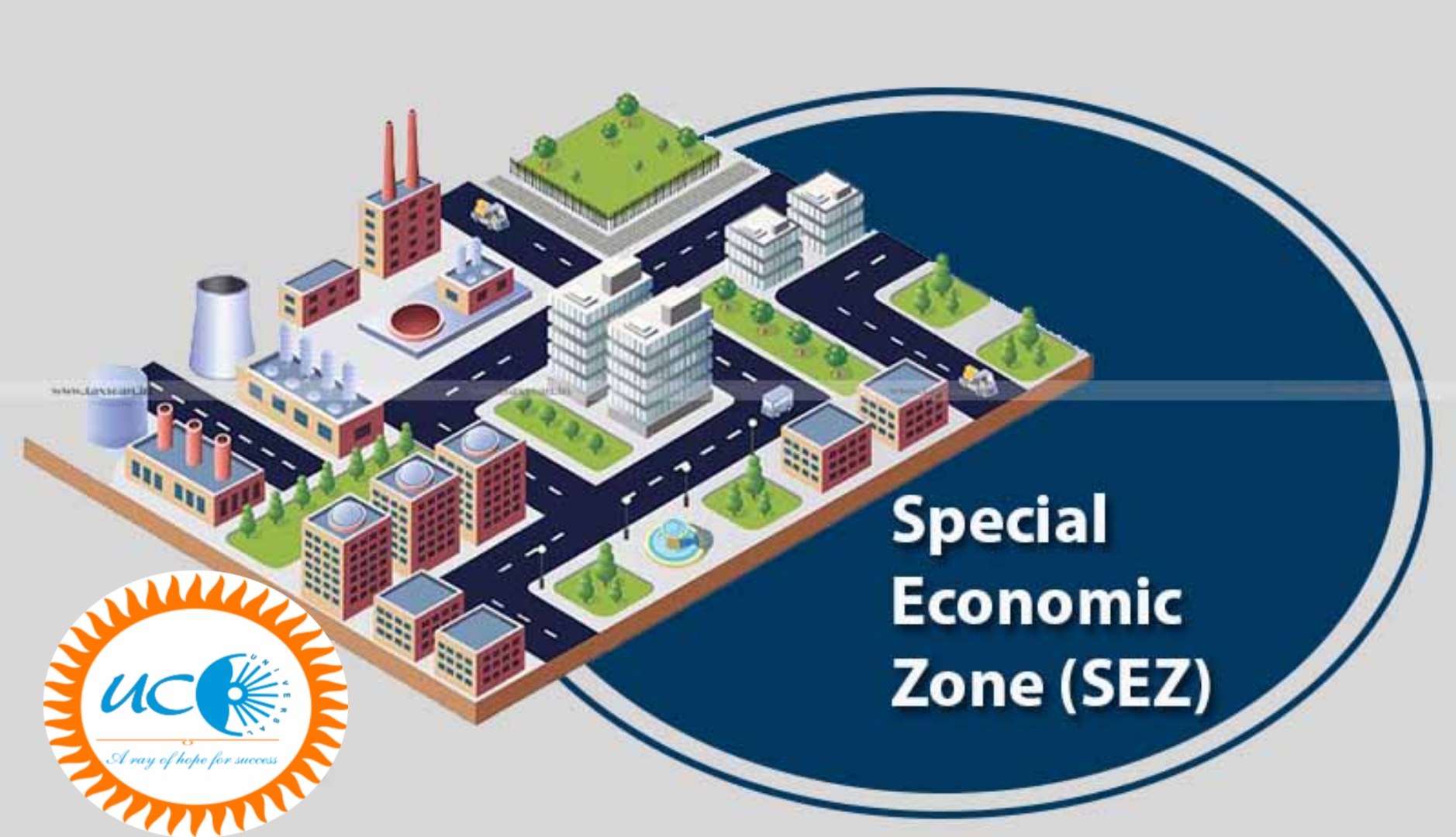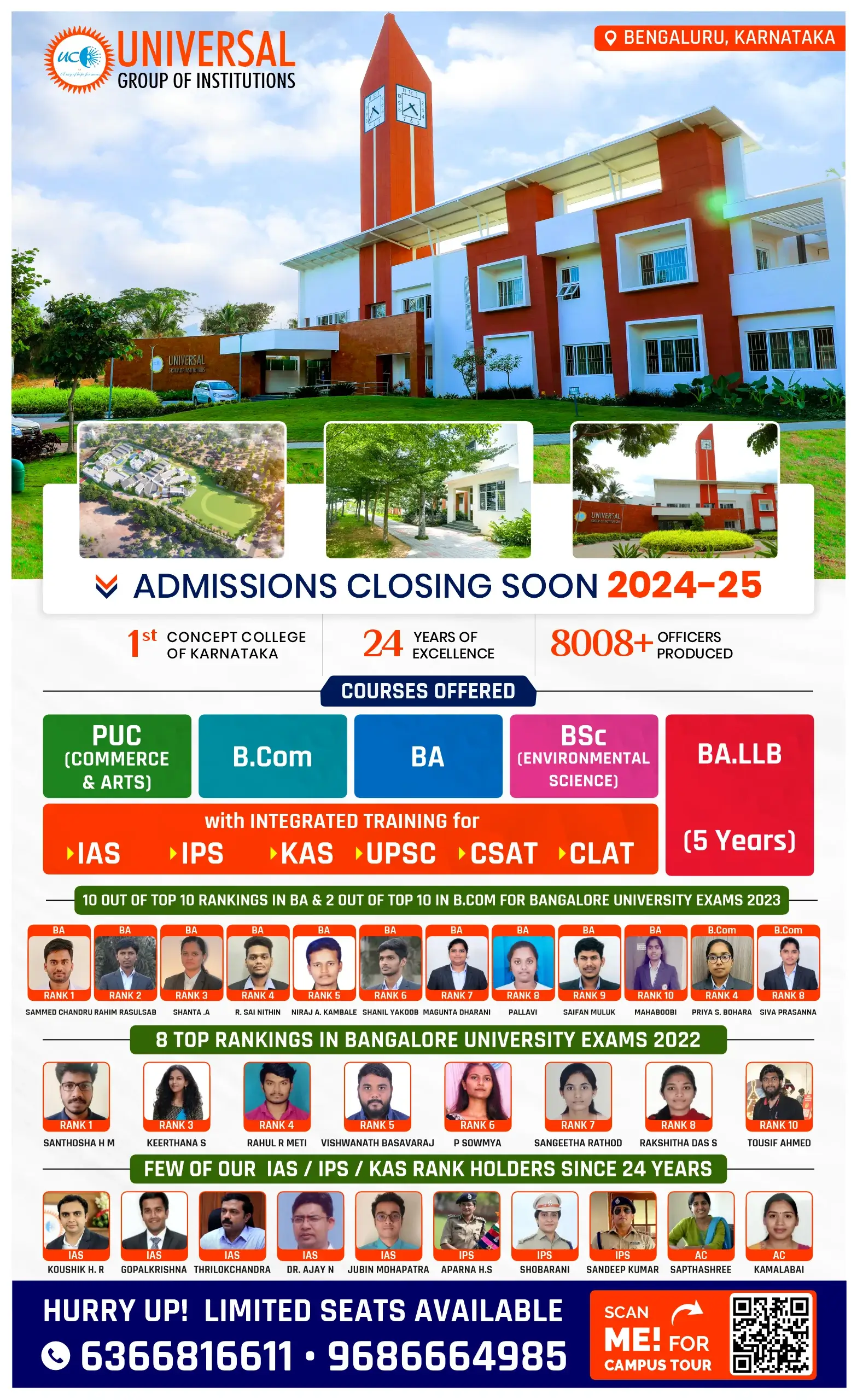Q2. What are the issues that have limited the success of Special Economic Zones (SEZs) in India? Mention some steps that can be taken to address them.
In India, special economic zones are planned as growth engines that can boost manufacturing, augment exports and generate employment. It provides for special fiscal and regulatory measures to ensure hassle-free operations alongside state-of-the-art infrastructure and support services. The units are set up under Special Economic Zones Act, 2005 as duty free regions to be treated as foreign territory for the purpose of trade operations and duties and tariffs. However, SEZs in India have seen limited success. For instance, presently 351 SEZs are notified out of which only 232 SEZs are operational. The reasons for such a scenario include: In many SEZ’s, land procured for industrial units remained unutilized. Further, lack of flexibility to utilize land for different sectors hinders the developmental process. Existence of multiple models of economic zones such as SEZ, coastal economic zone, National Investment and Manufacturing Zone etc. has created confusion and ambiguity about fiscal and regulatory regime. Disadvantage on domestic sales due to application of full custom duty, as compared to the lower rates with other countries due to free-trade agreement (FTA). Imposition of Minimum Alternate Tax (MAT) (2012) as well as income tax on new SEZs (2017) and new units (2020) has made it less attractive for industrial establishments. Lack of support from the state government when it comes to developing an effective single-window system for speedy clearances. Failure to select SEZ sites that offer maximum development potential. Sites are selected on the basis of real estate speculation rather than the economic potential of a region. Steps to address them Ensure optimal utilization of vacant land in SEZ. Also, allow flexibility of land use and remove sector specific constraints. Align the policy framework to avoid competition among similar schemes and provide ease of doing business to developers and tenants. Simpler entry and exit processes using time-bound online approval and dispute resolution through robust arbitration and commercial courts. Development of last mile and first mile connectivity infrastructure by the government should be provided for land parcels which are far from highways and urban agglomerations. 3 www.visionias.in ©Vision IAS Fast tracking various approvals through online application process. Grant infrastructure status to buildings of SEZs and industrial parks in order to ease funding. Going forward, lessons can also be taken from China where SEZs have produced better results. Recent recommendations of Baba Kalyani Committee, which envisages reincarnation of SEZs as Employment and Economic Enclaves (3Es) also needs to be discussed further.







